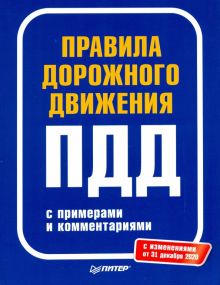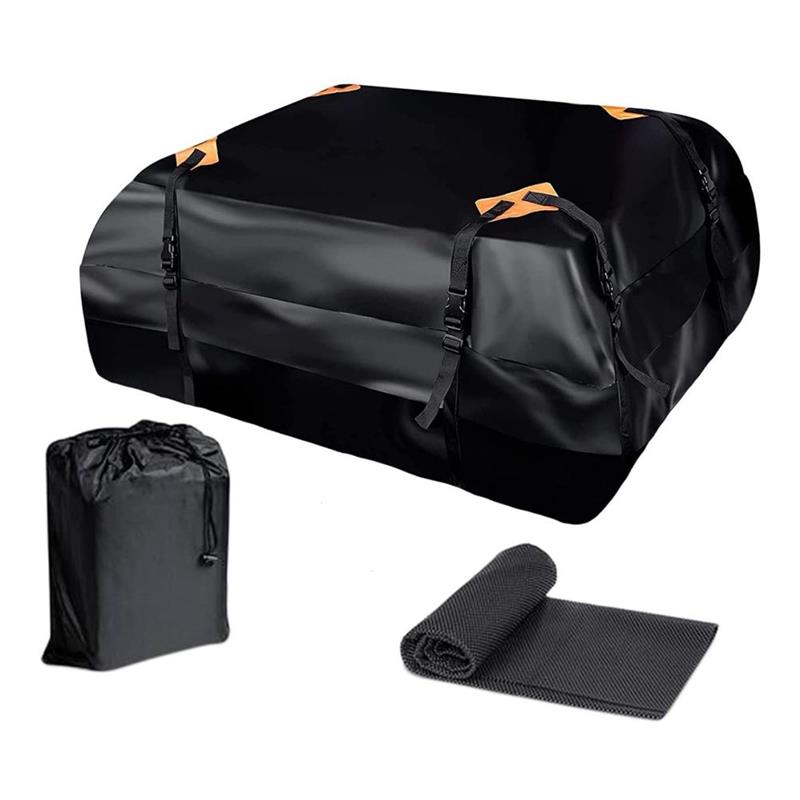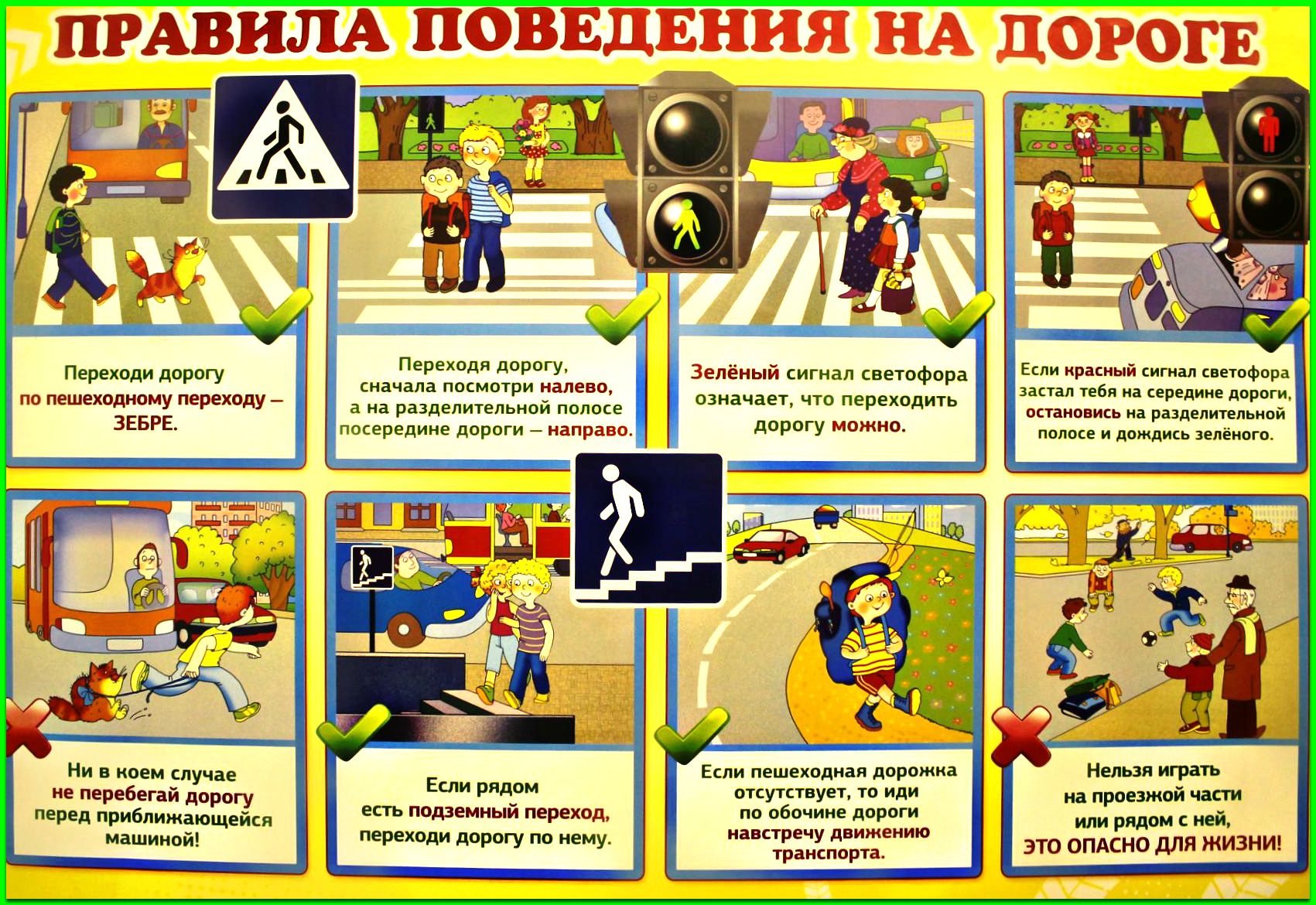
Highway Code for Virginia Drivers
Content
If you love beautiful coastal vistas and great mountain vistas, Virginia is definitely for you. Of course, if you're going to visit or live in this magnificent state, you'll need to be familiar with the Virginia Highway Code.
General Safety Rules in Virginia
In Virginia, all drivers and passengers in the front seat of any vehicle must wear safety belt whenever the vehicle is in motion, with one exception. If a licensed physician denies a patient stating that the use of a seat belt is not possible due to a medical or physical condition, that person is not required to buckle up. However, they will carry a waiver with them when they are in a moving vehicle.
Children children under the age of eight must be secured in an appropriate child seat or child seat when traveling in vehicles manufactured after January 1, 1968. If the vehicle does not have a rear seat, a rear-facing child seat can be fitted to the front passenger. seat for babies and toddlers, small and light enough to ride in such a child seat. The doctor may authorize an exception to these rules depending on the size of the child and any medical or physical conditions.
Drivers are approaching in Virginia school buses with flashing red lights from any direction must stop and wait for the bus driver to turn off the lights and continue moving. The only exception to this rule is if you are driving in the opposite direction on the median road.
Drivers should never follow emergency vehicles within 500 feet. If the emergency vehicle has headlights on, you should always give way to it. If he's approaching from behind, either move one or more lanes to the right, or swerve off the road to let him pass.
Always yield pedestrians on sidewalks when entering the roadway from a private entrance, parking lot or lane. Pedestrians at crosswalks always have the right of way, and you must also give way to pedestrians at unmarked intersections.
In Virginia, cyclists have the same rights as motorists and must obey the same traffic rules, whether or not bicycle lane accessible. Motorists should be aware of common lanes, slow down, and proceed with caution, leaving a distance of three to five feet for the cyclist.
When you see red flashing traffic lights at an intersection, come to a complete stop and give way to an oncoming vehicle before proceeding. If you see flashing yellow traffic lights, proceed with caution.
If you are faced broken traffic lights due to a power outage or any other malfunction, you must come to a complete stop and behave at the intersection as if it were a four-way stop.
All Virginia motorcyclists must wear DOT approved helmets when working or riding as a passenger on a motorcycle. To ride a motorcycle in Virginia, you will need to obtain a motorcycle classification from a Virginia driver's license, which will include road testing on the type of motorcycle you will be riding.
Virginia Highway Safety
Walkthrough is legal in Virginia when you see a dashed white or yellow line between lanes. If you see a solid line and/or a No Travel Zone sign, you must not pass. Overtaking is also prohibited at intersections - you must clear the intersection first before overtaking a slower vehicle.
At many intersections in Virginia, you can right on red coming to a complete stop and making sure the path is clear. Pay attention to the "No Turn on Red" signs as it is illegal to turn right on red at these intersections.
reversals banned at all intersections in Virginia. Watch for no U-turn signs and remember that you will need to see at least 500 feet in each direction to make a safe U-turn.
В four way stop, if you arrive at the same time as other drivers, give way to the driver or drivers on your right. Otherwise, give way to drivers who arrived at the stop before you.
Intersection blocking is illegal in Virginia. Do not attempt to move forward or turn at an intersection unless you have enough room to go through the entire intersection.
Linear measurement signals look like traffic lights and are placed at highway exits to facilitate traffic. Only one vehicle can enter and enter the freeway for each green signal.
HOV lanes (high capacity vehicles)* will be marked with a white diamond and "HOV" traffic signs. These signs will indicate the minimum number of passengers in a vehicle to allow you to drive in the lane, but they do not apply to motorcyclists.
Drunk driving, accidents and other issues for Virginia drivers
Driving Under the Influence (DUI) in Virginia, as in other states, this is indicated by a blood alcohol content (BAC) of 0.08 or higher for drivers aged 21 and older. For drivers under the age of 21, this figure drops to 0.02.
In the case of accident, clear the roadway if you can, exchange information with the other driver(s) and call the police to file a report.
Unlike other states, radar detectors not allowed in Virginia.
Virginia state law requires all state-registered vehicles to have front and rear number plates.

